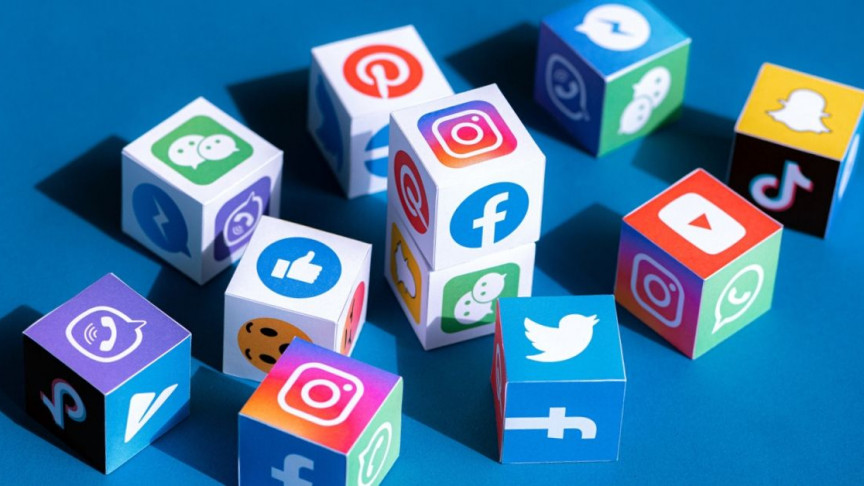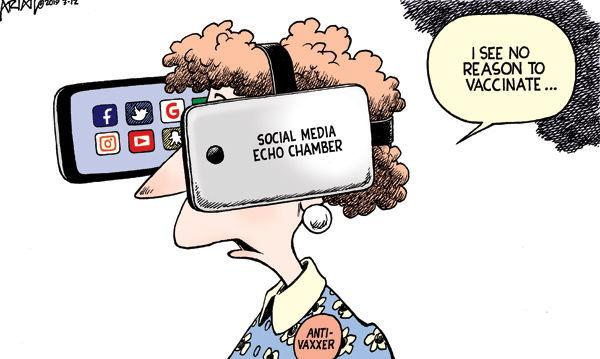Misinformation and social media are two terms that have become deeply connected in today’s world. With billions of people online every day, social media platforms have turned into powerful tools for communication, debate, and learning. But they have also become breeding grounds for misinformation, conspiracy theories, and echo chambers. These factors are reshaping how people see the world, make decisions, and even participate in democracy.
This article explores the role of misinformation, social media, and echo chambers in shaping modern societies. It breaks down why these issues matter, how they spread, and what can be done to address them.
Understanding Misinformation
Misinformation refers to false or misleading information shared without necessarily intending harm. It differs from disinformation, which is deliberately spread to deceive or manipulate. Both can have serious consequences, but misinformation is especially dangerous because people often spread it unknowingly, believing it to be true.
Examples include:
- Sharing outdated health advice during a pandemic.
- Posting misleading photos or videos out of context.
- Spreading rumors about political events or public figures.
While misinformation has always existed, the speed and scale of social media amplify its reach. A single misleading post can go viral in minutes and reach millions before fact-checkers or authorities intervene.

The Power of Social Media in Spreading Information
Social media has transformed how people share and consume information. Unlike traditional media outlets, which rely on editorial oversight and professional journalists, social media platforms allow anyone to post content instantly.
Why social media accelerates misinformation:
- Virality over accuracy: Algorithms prioritize engagement, meaning posts that spark strong emotions—fear, anger, joy—spread faster, regardless of truth.
- Low barriers to entry: Anyone with an account can publish, even without expertise or verification.
- Echo chambers: People tend to follow accounts or groups that align with their beliefs, limiting exposure to different perspectives.
- Trust in personal networks: Information shared by friends and family feels more trustworthy, even when false.
Platforms like Facebook, X (formerly Twitter), Instagram, and TikTok have become digital ecosystems where truth and lies often compete for attention on equal footing.
What Are Echo Chambers?
An echo chamber is an online space where people only encounter opinions that match their existing beliefs. This happens when algorithms recommend similar content repeatedly or when users choose to interact only with like-minded communities.
Effects of echo chambers:
- Reinforcing biases: People become more confident in their existing views, even when they’re based on false information.
- Polarization: Communities split into opposing camps with little room for compromise.
- Resistance to facts: Contradictory evidence is ignored or dismissed as propaganda.
For example, during elections, echo chambers can intensify political divisions. Supporters of one party may only see positive news about their candidate and negative stories about opponents, regardless of accuracy.
Real-World Consequences of Misinformation and Echo Chambers
The combination of misinformation and social media echo chambers has had serious effects globally.
- Public Health Risks:
During the COVID-19 pandemic, misinformation about vaccines, treatments, and preventive measures spread widely. Some communities resisted vaccines, leading to avoidable deaths. - Political Polarization:
False claims about election fraud or political scandals spread quickly on social media, often undermining trust in democratic systems. - Violence and Unrest:
In some cases, misinformation has fueled violence. For example, rumors spread online have led to mob attacks, protests, or riots. - Erosion of Trust in Institutions:
When misinformation thrives, people lose confidence in governments, media outlets, and even science. This erosion of trust weakens the social fabric.
Why Do People Believe Misinformation?
Several psychological and social factors explain why misinformation spreads so effectively:
- Confirmation bias: People accept information that supports their beliefs and reject what challenges them.
- Emotional appeal: Content that triggers strong emotions spreads faster than neutral facts.
- Cognitive overload: With so much information online, it’s hard to fact-check everything, so people rely on quick judgments.
- Authority bias: If someone influential shares misinformation, followers are more likely to believe it.
The Role of Social Media Algorithms
Algorithms play a major role in shaping what users see online. Designed to maximize engagement, these systems often promote sensational or divisive content. Unfortunately, misinformation often fits these criteria better than verified facts.
For example, a conspiracy theory might be more engaging than a scientific report, making it more visible in feeds. As users interact with similar content, the algorithm reinforces this cycle, pushing them deeper into echo chambers.
Efforts to Combat Misinformation
Governments, tech companies, and independent organizations are trying to tackle the misinformation problem.
Actions by social media platforms:
- Fact-checking partnerships: Platforms like Meta (Facebook, Instagram) and TikTok now work with fact-checkers to label false posts.
- Content moderation: Harmful content is removed, though this raises debates about censorship.
- User education tools: Prompts encourage users to read articles before sharing or to consider multiple sources.
Policy and regulation:
- Some countries have passed laws requiring platforms to remove false content quickly.
- Debates continue about balancing free speech with the need to limit harmful misinformation.
Civil society efforts:
- Nonprofits and fact-checking groups provide resources to help users identify misinformation.
- Schools are introducing digital literacy programs to teach students how to evaluate online content.
The Dangers of Over-Policing Misinformation
While it is important to fight false information, there is also a risk of overreach. Aggressive moderation or government regulation can lead to censorship, where legitimate debate is stifled.
This raises questions:
- Who decides what is “true” and what is “false”?
- Could powerful groups suppress inconvenient truths under the banner of fighting misinformation?
Finding the balance between freedom of speech and protecting society from harm remains one of the biggest challenges.

What Can Individuals Do?
Each person has a role to play in reducing the impact of misinformation and social media echo chambers. Practical steps include:
- Verify before sharing: Check sources, dates, and context before posting.
- Diversify news sources: Follow outlets with different perspectives to avoid echo chambers.
- Pause before reacting: Emotional content often manipulates people into quick shares.
- Learn media literacy: Develop skills to spot fake news, manipulated images, or misleading headlines.
Small changes in individual behavior, when multiplied across millions of users, can make a big difference.
The Future of Misinformation and Social Media
Looking ahead, misinformation will likely become even harder to manage. Advances in artificial intelligence, such as deepfakes, make it easier to create convincing false content. At the same time, new platforms and technologies will continue to emerge, creating new challenges.
However, awareness is growing. Governments, platforms, educators, and individuals are beginning to take action. The key will be building societies that value critical thinking, transparency, and digital literacy.
Conclusion
Misinformation and social media, combined with echo chambers, represent one of the greatest challenges of our digital age. They influence how people understand the world, shape political debates, and affect public health and safety. While platforms and governments are working to address the problem, individuals also have a responsibility to think critically, fact-check, and seek diverse perspectives.
In the end, the fight against misinformation will not be won by technology alone. It requires collective effort, education, and a commitment to truth. Only then can we ensure that social media becomes a space for genuine connection and informed dialogue rather than division and confusion.
Do Follow USA Glory On Instagram
Read Next – $100,000 H-1B Fee: Trump’s New Visa Policy Sparks Debate






